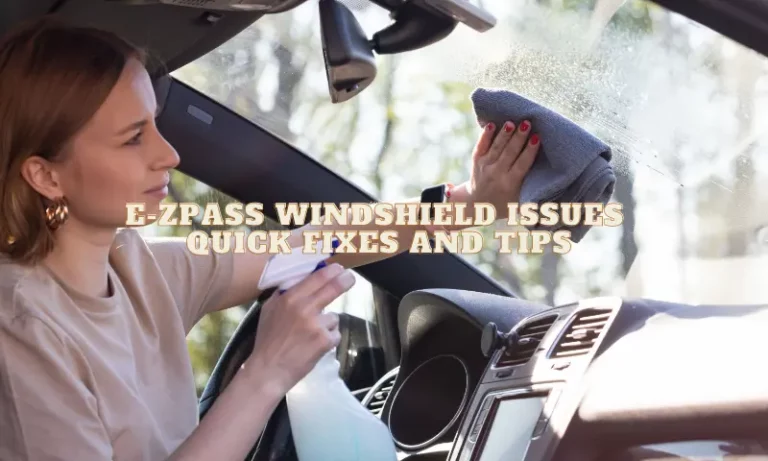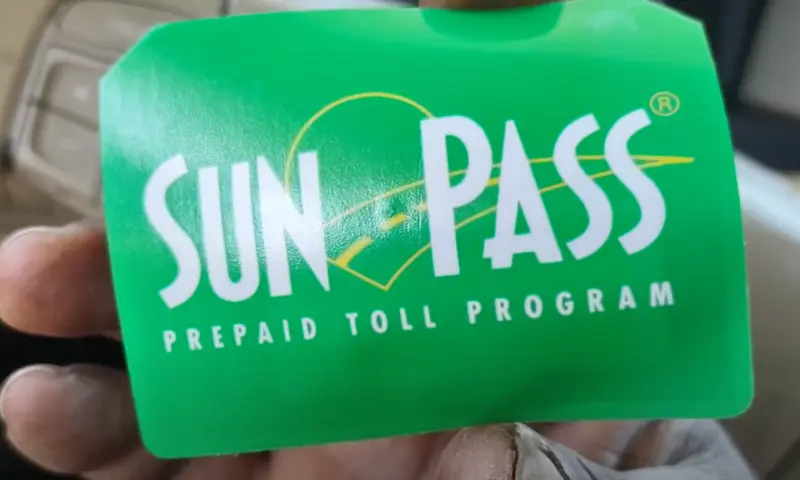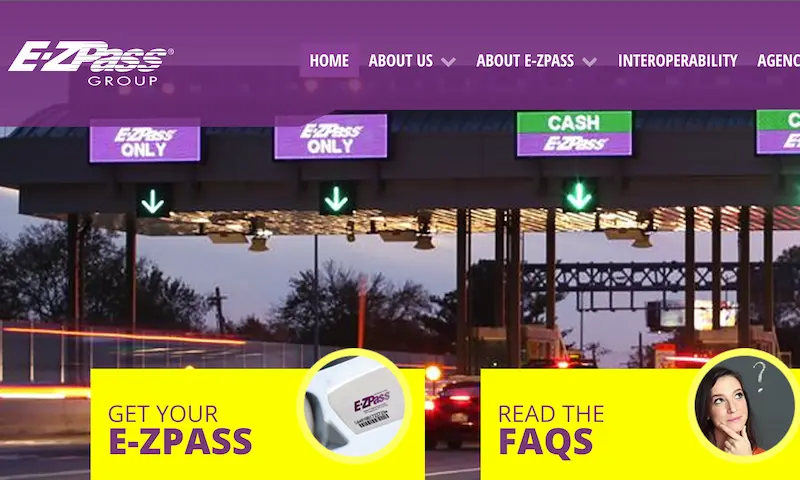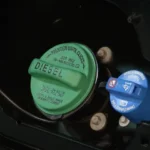If you’re an E-ZPass user, you might have encountered the frustrating issue of your transponder not reading properly through your windshield. As toll-collection agencies increasingly adopt automated payment systems, ensuring your E-ZPass works seamlessly has become essential for a smooth drive through toll lanes. Whether it’s due to certain types of windshield glass or improper tag placement, understanding and resolving these windshield issues can save you time and prevent unnecessary toll violations.
Understanding E-ZPass
Navigating toll roads is a breeze when you’re equipped with an E-ZPass transponder. Grasping the essentials of how electronic toll collection streamlines your travel isn’t just smart; it’s a must for frequent commuters.
What Is an E-ZPass Transponder?
An E-ZPass transponder is a compact electronic device you attach to your vehicle’s windshield. This nifty gadget is your key to quick passage through toll booths across the vast network of toll roads where E-ZPass is accepted. When you enroll in the E-ZPass service, you receive a transponder that is uniquely associated with your account.
How Does Electronic Toll Collection Work?
In essence, electronic toll collection is a seamless transaction that occurs as you navigate through toll lanes. Your E-ZPass transponder communicates via radio-frequency identification (RFID) with the toll booth’s system. As you drive through, your toll is automatically deducted from your pre-funded account—no cash or card fuss necessary. This process allows for an efficient toll-paying experience without the need to stop or slow down.
Key Components of the E-ZPass System
The E-ZPass system incorporates the following components to ensure a smooth travel experience on toll roads:
- The Transponder: This is your toll pass, affixed to your vehicle, allowing you to utilize E-ZPass lanes.
- Toll Plazas: These are equipped with sensor arrays that read your transponder data and manage toll transactions.
- Your Prepaid Account: Linked to your transponder, it’s where tolls are electronically drawn from. Keeping it funded is essential for uninterrupted use.
Remember, in some instances where windshield types may cause interference, solutions like a license-plate-mounted transponder are available to ensure your E-ZPass service works flawlessly.
Mounting Your E-ZPass
Ensuring your E-ZPass transponder is correctly positioned on your windshield is essential for seamless toll payments. Here’s how to secure it properly for optimum performance.
Proper Mounting Techniques
Provide the right foundation: Begin by cleaning an area on your windshield. Ensure it’s dry before you proceed. Use the mounting strips that came with your transponder or acquire replacements if necessary.
- Location is key: The proper mounting area is usually below the rearview mirror. However, if black dots, known as a matrix, are printed there, you should place the transponder to the right or left of this area. This allows the signal to transmit without interference.
- Align correctly: Position the E-ZPass with the arrows pointing upwards to ensure the signal is not obstructed and the transponder can be read by toll sensors.
Common Mounting Issues and Solutions
Avoid ‘The Drop’: If your E-ZPass falls off the windshield, it’s likely due to worn mounting strips or incorrect placement. Replacing old mounting strips with fresh ones should see to this issue.
- Under the matrix: If you’ve mounted the transponder in the area with the black dots and are experiencing problems, reposition it in a clear part of the windshield, as these dots can block the signal.
- Ensure a firm attachement based on the E-ZPass guidelines; it should be fixed securely to your windshield. If issues persist even with correct positioning, it might be due to a depleted battery within the transponder.
Troubleshooting Windshield Issues
When using an E-ZPass, it’s important for your transponder to work seamlessly with your windshield to ensure signal quality. Let’s troubleshoot potential problems that may arise and find solutions.
Identifying Windshield Problems
First, check if your transponder is correctly positioned on your windshield. If it’s not adhering properly or is placed in a tinted section of the glass, it might impede the signal. Your windshield may also have a special coating that can affect signal transmission.
Impact of Windshield Issues on Signal Quality
Signal quality is crucial for your E-ZPass to work correctly. A poor signal caused by windshield issues can result in failed toll transactions. Specifically, some windshields with solar or noise-insulation properties may block the transponder signal.
Resolving Signal Blocking Concerns
If signal blocking is the issue, consider a license-plate-mounted transponder. This can bypass the challenges associated with certain windshields. For vehicles like the Ford Mach-E, a license-plate option ensures compatibility with unique windshield designs.
Custom Vehicle Considerations
Your vehicle may have specific requirements. For instance, if you own a vehicle with a unique windshield composition, like the Ford Mach-E, you might face additional challenges. These may necessitate alternative mounting strategies or specialized transponders to maintain a strong signal.
Maintaining Your E-ZPass Transponder
Keeping your E-ZPass transponder in working order ensures uninterrupted service as you breeze through tolls. Here are a couple of key maintenance steps to help you avoid any roadblocks.
Replacing the Battery
When your transponder starts beeping, it’s an alert that the battery is getting low. It’s essential to know that not all E-ZPass transponder batteries can be replaced by the user. In many cases, the unit is sealed, and when the battery dies, the entire transponder must be replaced. Other types of transponders, usually the older models, allow for battery replacement, which you should do promptly to prevent any disruptions.
How Often to Replace Your Transponder
Generally, E-ZPass transponders have a battery life of about 10 years. However, don’t wait for the battery to expire; replace your transponder every 8-10 years, or as recommended by your specific E-ZPass program. If your transponder is not responding correctly or has stopped beeping, it’s time for a replacement.
Consistent transponder maintenance is the key to seamless travel on toll roads, and helps to avoid unnecessary toll violations.
















